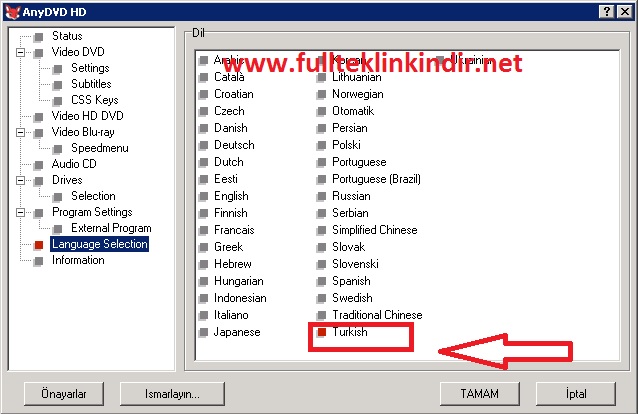
Driver Signature Enforcement Overrider Windows 8
Download Driver Signature Enforcement Overrider DSEO 1.3b. DSEO stand for Driver Signature Enforcement Overrider and it is very useful for installing unsigned drivers on latest operating systems by Microsoft. Many versions of mtk drivers are comes unsigned therefore if you are on Windows Vista, Windows 7, Windows 8, Windows 8.1. Average rating: 4.3/5 (3 votes) Your rating: not submitted. Driver Signature Enforcement Overrider is a lightweight yet powerful utility which will give you the possibility to bypass the driver signature enforcement implemented in Windows Vista and Windows 7 operating systems.
 I have purchased two licenses of Windows 10 Pro x64. Everything works fine, except for one disturbing elements. I have an unsigned driver to a program that I use every day, so I have to boot in the 'Disable Driver Signature Enforcement' mode every time, for the program to work. Yes, I have activated the old fashioned F8 boot menu, which is disabled by default in Windows 10. This is no problem, but it seems impossible to get Windows 10 to boot in this mode as standard. In Windows 7 I solved it easily with the programs 'Driver Signature Enforcement Overrider' or 'ReadyDriver Plus', but none of these programs seem to work in Windows 10. So my question is simply, how do I configure Windows 10 so that my computer will boot in the 'Disable Driver Signature Enforcement' mode PERMANENTLY?
I have purchased two licenses of Windows 10 Pro x64. Everything works fine, except for one disturbing elements. I have an unsigned driver to a program that I use every day, so I have to boot in the 'Disable Driver Signature Enforcement' mode every time, for the program to work. Yes, I have activated the old fashioned F8 boot menu, which is disabled by default in Windows 10. This is no problem, but it seems impossible to get Windows 10 to boot in this mode as standard. In Windows 7 I solved it easily with the programs 'Driver Signature Enforcement Overrider' or 'ReadyDriver Plus', but none of these programs seem to work in Windows 10. So my question is simply, how do I configure Windows 10 so that my computer will boot in the 'Disable Driver Signature Enforcement' mode PERMANENTLY?
Alternatively, configure the boot setting so that the boot menu (F8) appears by default every time I boot, so I don't always need to be prepared to throw myself on the F8 key at every startup. Thanks for your reply. I have already tested these two commands. It does not work.
Yes, I get the watermark 'Test Mode' on the desktop, but I still have to boot in the 'Disable Driver Signature Enforcement' mode to get the driver to work. These commands don't seem to have any effect. Hi, In the test mode, please try to reinstall the driver in compatibility mode to check your issue: Right click the installer>Choose Properties>Under Compatibility tab>Choose OS (works in win 7, win 8, and win 10) Please remember to mark the replies as answers if they help, and unmark the answers if they provide no help. If you have feedback for TechNet Support, contact tnmff@microsoft.com. Hi, In the test mode, please try to reinstall the driver in compatibility mode to check your issue: Right click the installer>Choose Properties>Under Compatibility tab>Choose OS (works in win 7, win 8, and win 10) Thanks for your reply. I don't have any 'installer'.
The driver contains only INF and SYS files. And if I understand it correctly, the compatibility mode as you describe, is only possible on EXE files? Anyway, I deleted the driver, and tried to install it again in the Test Mode. I do it through the Device Manager > Add legacy hardware The following error message appears: 'An error occurred while the device was installed. This INI file is from a third party provider and does not contain any information about digital signatures.' The 'Driver Signature Enforcement' mode is therefore still active, even if I am in the Test Mode. But if I boot the computer in the 'Disable Driver Signature Enforcement' mode again, then it is no problem to install the driver.